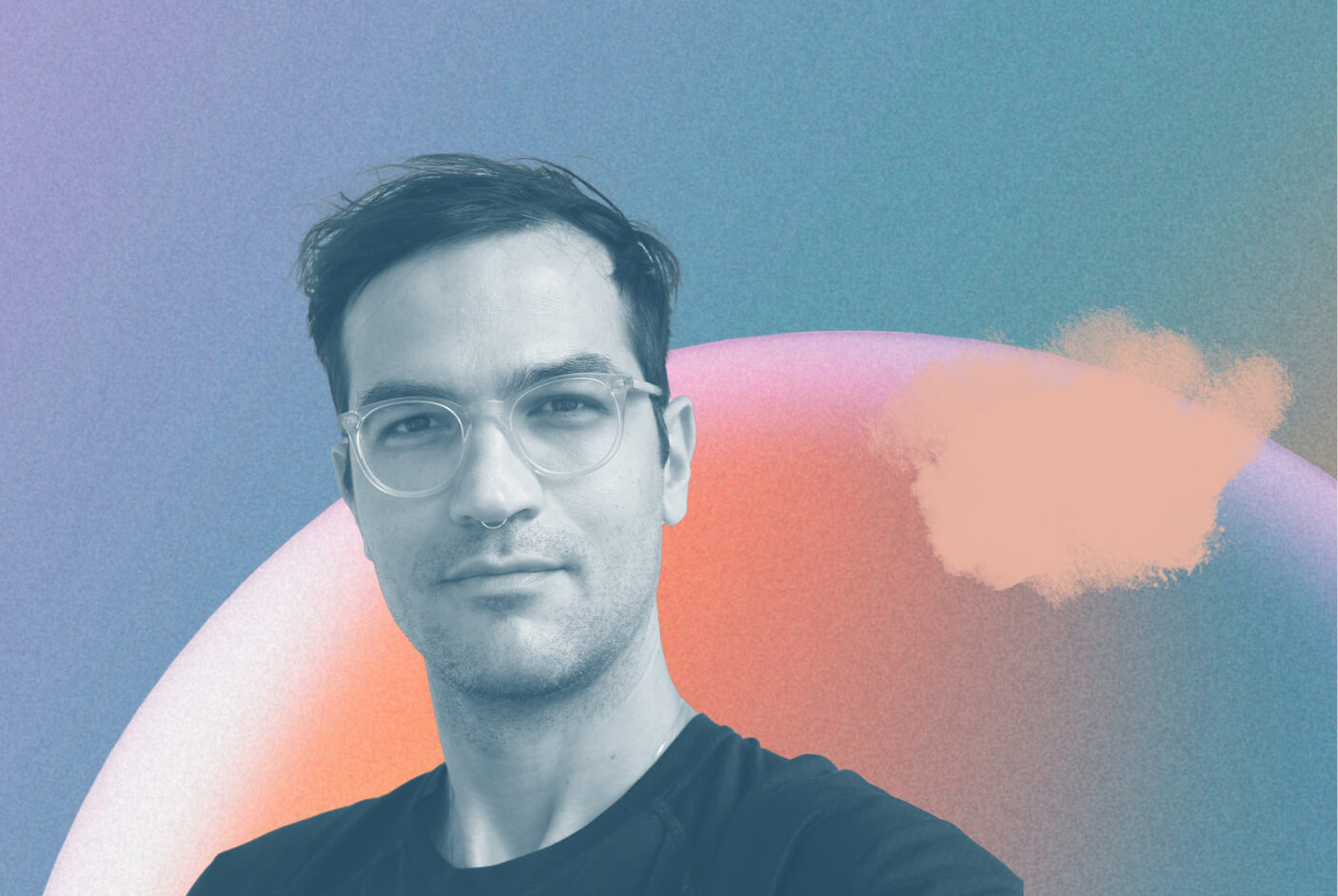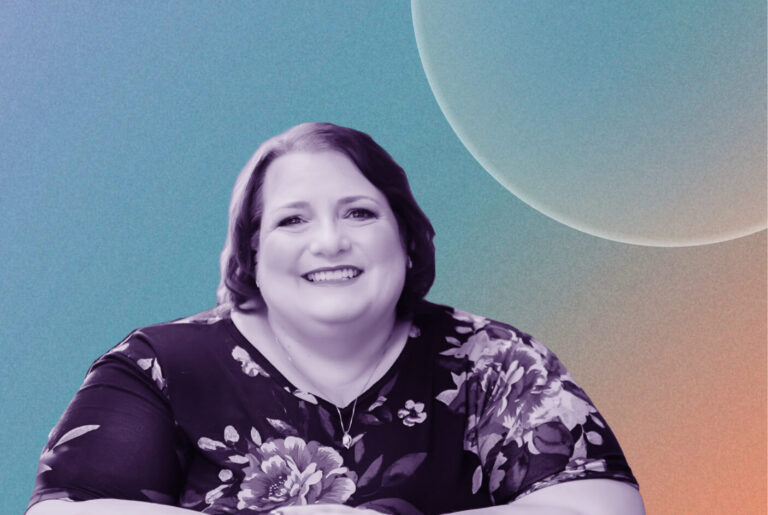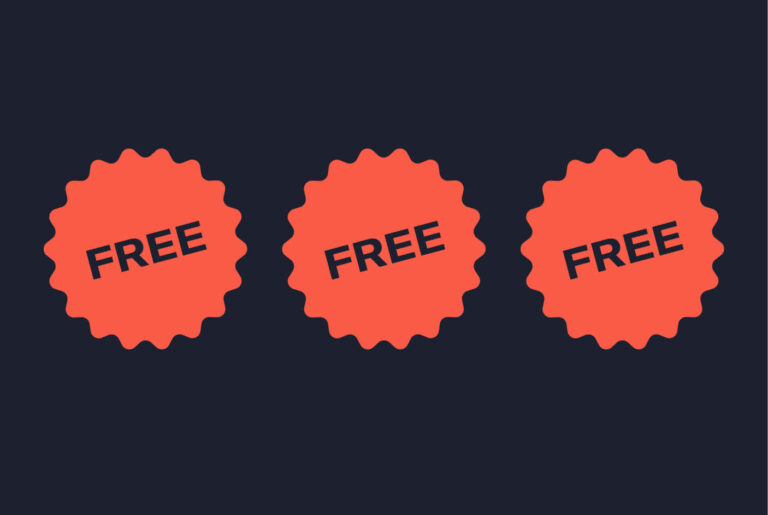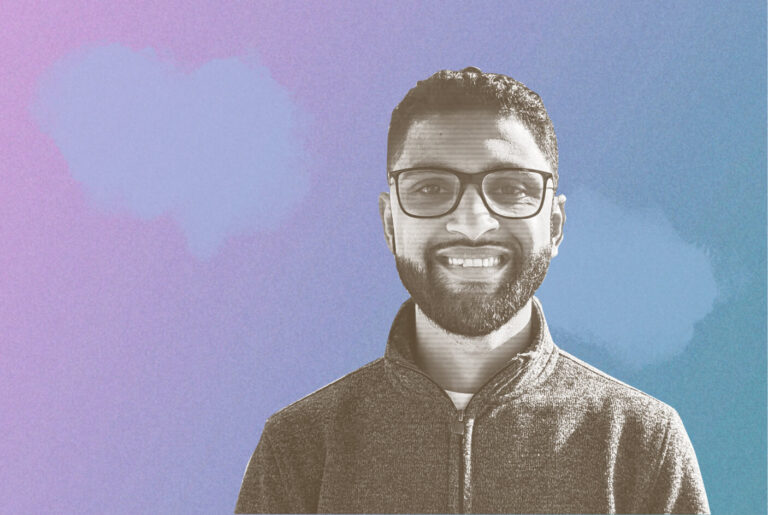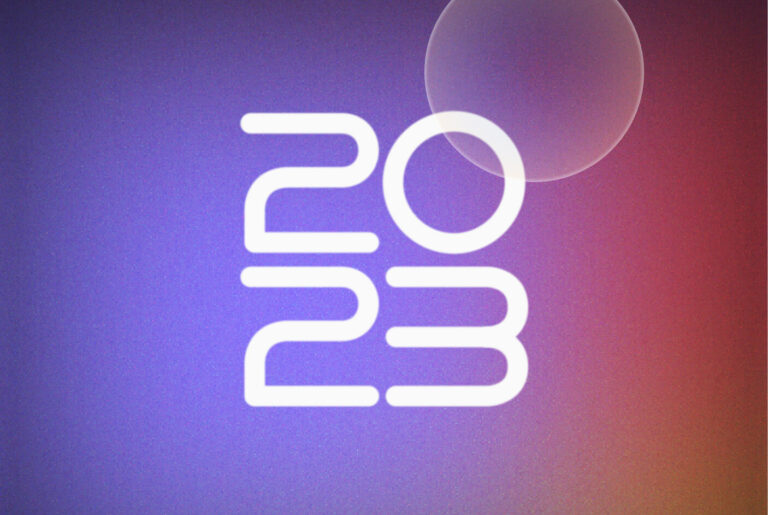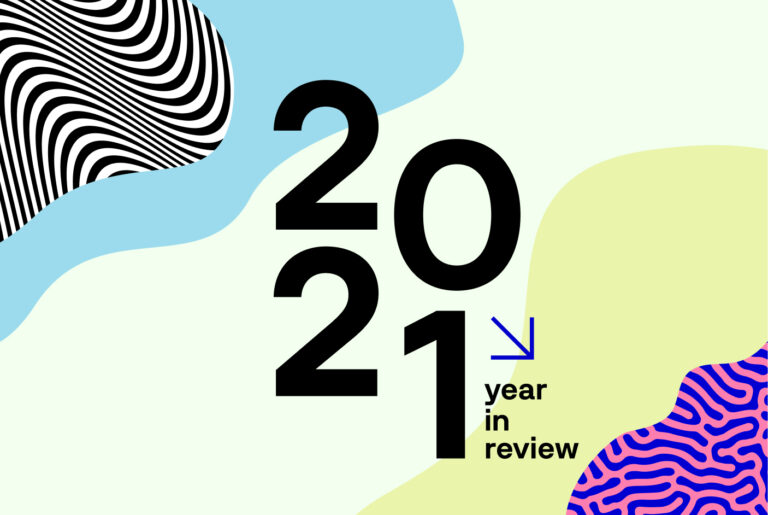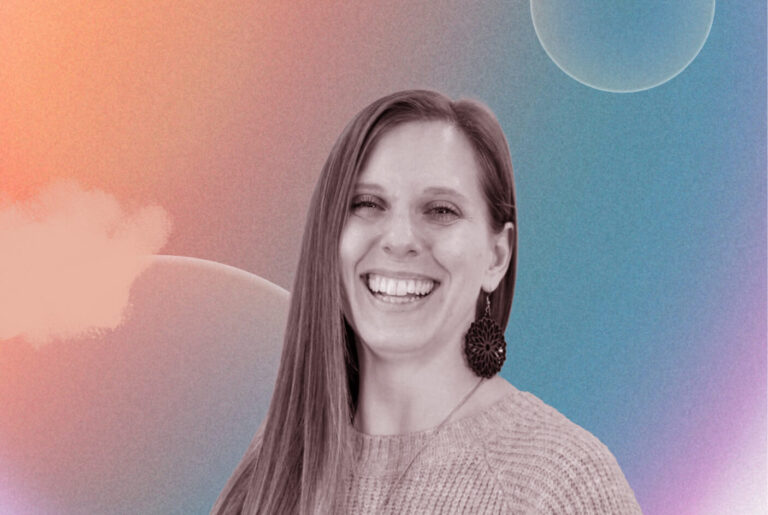My WordPress Career: Alex Minev
My WordPress Career is an employee spotlight on the StellarWP blog. In each edition, we highlight a different team member’s professional journey.
While each story is unique, they all demonstrate that there isn’t one single way to arrive at a career in WordPress. Our team members come from different backgrounds, and each person brings a different type of expertise to their role. And we think that’s pretty stellar.
Today, we’re talking to Alex Minev, principal product designer at The Events Calendar.
StellarWP: What was your very first job? Tell us what your duties entailed.
Alex Minev: As a fine arts print major I began my career in the industrial area of Vancouver, screen printing for Bang-On T-Shirts. It was a lot of fun riding my bike to work in East Vancouver and listening to heavy metal and screamo with my crew while trying to fill printing quotas each day. After work we’d get together in someone’s backyard for barbeque, beers, and general fun.
As far as actual work was concerned my days were, generally, predictable, as printing involves several well-defined steps. First, I’d coat screens of a variety of sizes and meshes with emulsion in a dark room. Then, I’d line up the designs that needed printing on emulsified screens and blast them with light, which would bake the negative space onto the screen. The rest was washed away using a high pressure water jet.
Finally, I’d set up and register the screen onto vacuumed tables for manual printing or on large format semi-automatic machines. Sometimes a design might involve 2-5 different screens, each one using different ink colors, which required printing the same sheet 5 times on perfectly lined up layers.
After completing a run I’d wash the screens from the ink and emulsion and set them to dry for the next design.
What’s your current job at StellarWP? What do your duties include now?
AM: I am principal product designer at The Events Calendar. My goal is to promote best practices across the product design and development lifecycle in order for our teams to produce user-friendly products. Here is how that breaks down:
Strategy: Collaborate with product managers, engineers, and other stakeholders to align design strategies with overall business goals and user needs.
User Research: Advocate for a user-centered design approach by conducting or overseeing user research activities to understand user needs, pain points, and behaviors. This can include interviewing users, conducting user tests and a variety of other exploratory exercises.
Design: Create visually appealing and intuitive user interfaces. Lead iterative design, incorporating feedback and data. Ensure a positive and seamless user experience across all touchpoints.
Process creation and socialization: Define design processes for the design team and cross-team collaboration.
Design Systems: Develop and maintain design systems to ensure consistency and efficiency in the design process.
Mentorship: Provide guidance to other designers or team members in the organization with best practices or new exploratory techniques.
Stakeholder Communication: Effectively communicate design concepts and strategies to both technical and non-technical stakeholders.
Advocacy: Advocate for the importance of design in the product development process.
Metrics: Establish and monitor key performance indicators (KPIs) to evaluate the success of design solutions. (That’s a difficult task in WordPress.)
Continuous Learning: Stay informed about design trends, tools, and methodologies, and apply this knowledge to improve design processes.
When did your career shift toward WordPress?
AM: I’ve been in and out of WordPress throughout my career. When I started working in digital agencies in 2009 I got involved with designing for a variety of media and platforms. While some projects were based on native mobile platforms or SaaS, many other projects involved creating WordPress websites for small- to medium-sized businesses. In the beginning of my career I designed and developed websites so I’ve made a few custom php templates along the way. Later on I focused solely on design as I thought that was where my strengths were.
Is there anything you learned on your first job that you carried with you to your current role at StellarWP?
AM: Yes. Process matters. If a project starts off badly it tends to end badly. This is true for old school manual printing as it is for the latest trends in software development. Printmaking played a big part in my interest in establishing good practices in the product design lifecycle and I am not surprised that this is what I am focused on today.
How is working in WordPress different from other jobs you’ve had? What do you like best? Are there any parts that are more challenging?
AM: The last job I had was in an in-house design team for an enterprise SaaS company. There are many overlaps when it comes down to the tactical approach to product design. But there are also a few differences:
- This is my first completely remote gig. It has its challenges but it also has a lot of positives. I was able to move from Canada to Spain while working for The Events Calendar (TEC). The team was very accommodating and this major transition was made much easier because of it. Time zones are also not as challenging as I originally thought they would be.
- Working in WordPress also means that there is a big audience that has a different mindset than employees in enterprise organizations. This can be challenging, but also rewarding. In the year and a half that I have worked for TEC I’ve had the privilege of talking to multiple customers to understand their needs and use cases. I enjoy how engaged WordPress users are as that is crucial to gain insights and to provide valuable features to our customers.
- WordPress is an open source platform without strict governance. This means that the majority of its 3rd-party software branches out in different directions making it more challenging to set up and administer. Therefore, designing a cohesive experience for admins and content creators is difficult.
What do you wish you had known when you first started working in the WordPress world?
AM: Nothing. Nothing at all 🙂
What are some of your hobbies, interests, or pastimes outside of work? How did you get started? What is a favorite memory?
AM: I love photography and its ability to capture the moment. In real life we’re always on the go and don’t usually have the time to reflect on the little things. Mostly, I take candid and street photographs as those are very accessible genres.
Cycling is another favorite pastime of mine. When I lived in Vancouver I’d just get on my bike on the weekends and climb the mountains. I find it super liberating.
